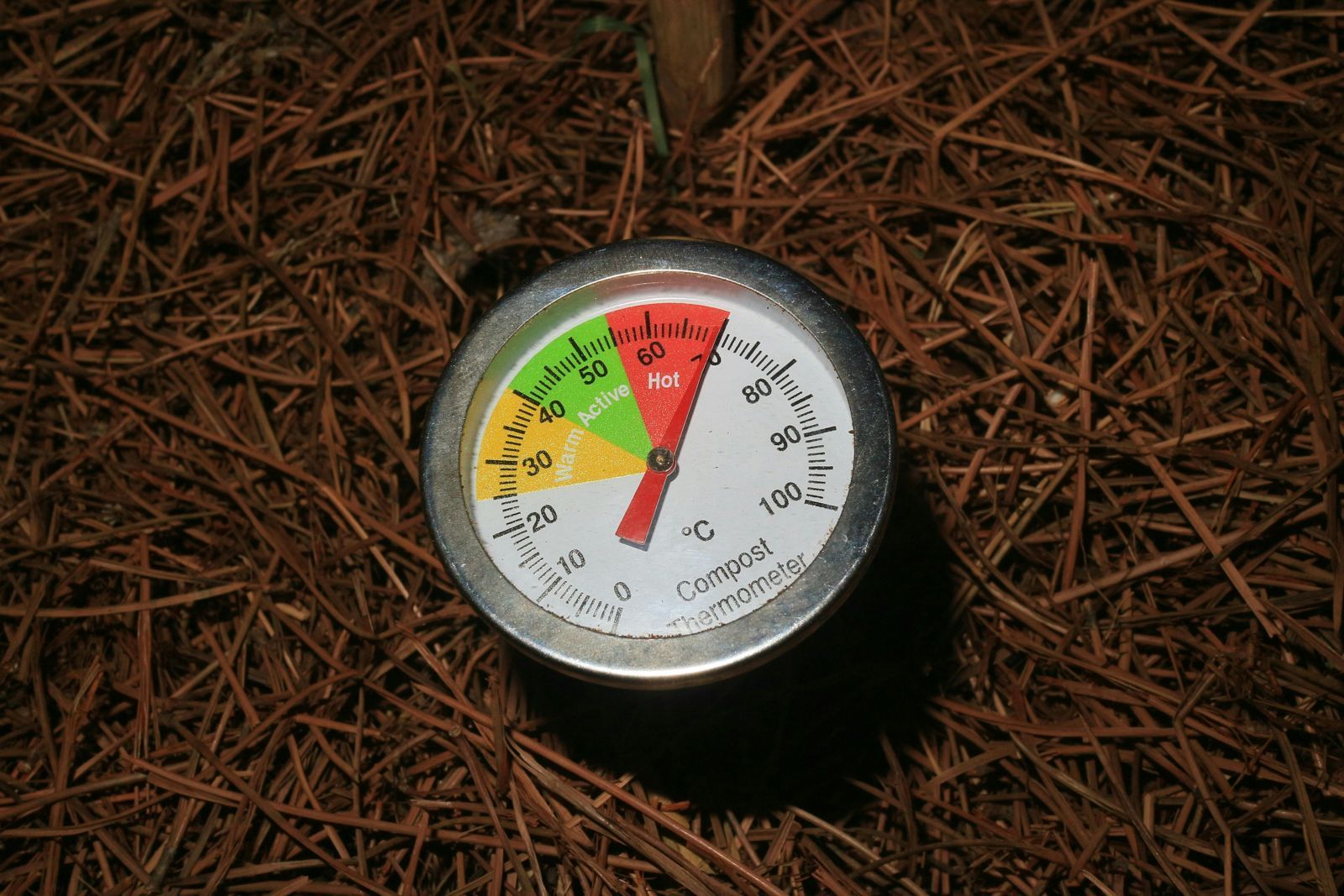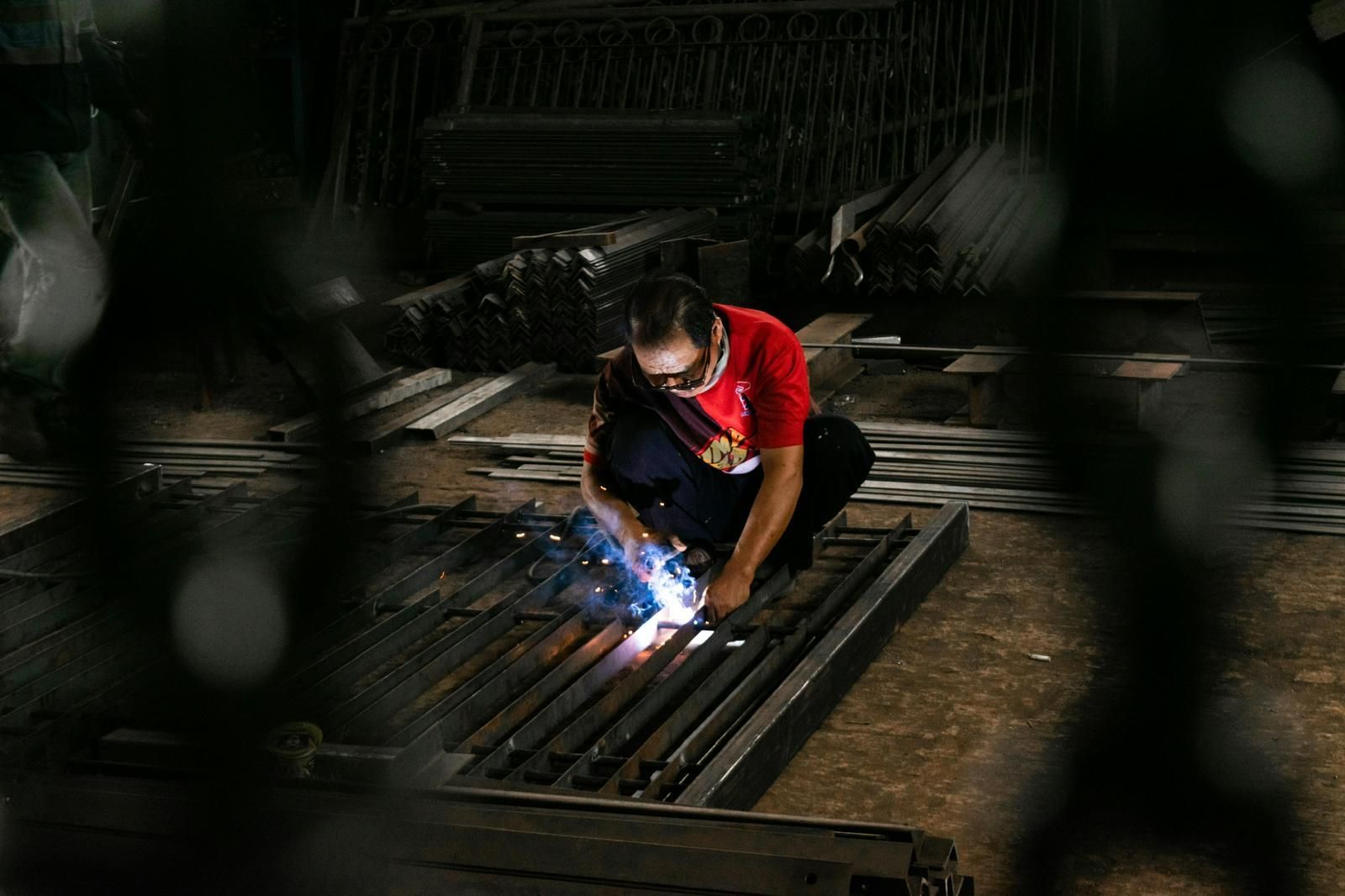Climate Control Made Simple: Air Source Heat Pumps for Your Greenhouse
Understanding the Buffer Tank's Purpose
Buffer tanks are
essential components in air-source heat pump systems. They store heated water, creating a thermal reservoir that helps stabilise system operation. By providing this storage capacity, buffer tanks reduce the frequency of heat pump cycling, extending equipment life and improving overall
system efficiency. They also help manage the mismatch between heat pump output and heating demand in residential and commercial applications.
Key Factors for Proper Sizing
Determining the appropriate
buffer tank size requires consideration of several critical factors. First, calculate your
heat pump's output capacity, typically measured in kilowatts (kW). A general rule suggests 10-20 litres of buffer volume per kW of heat pump capacity for most systems, depending on your specific application.
The
heating system design also influences sizing decisions. Due to their slower response times and lower operating temperatures, underfloor heating systems typically require larger buffer volumes than radiator systems. Similarly, systems with multiple zones may need additional buffer capacity to handle varying demand patterns.
Calculating Minimum Buffer Volume
Consider your heat pump's minimum run time and cycling parameters to determine your minimum buffer tank requirement. Most manufacturers specify these details in their technical documentation. An appropriately sized tank should ensure the heat pump operates for at least 6-10 minutes per cycle to prevent excessive wear on components.
Calculate the minimum volume using this formula:
Minimum Volume (liters) = Heat Pump Output (kW) × Minimum Run Time (minutes) × 60 / (Specific Heat Capacity × Temperature Difference)
Benefits of Correct Buffer Tank Sizing
Properly sized
buffer tanks provide significant advantages for
heat pump systems. They reduce wear and tear on compressors, improve temperature stability throughout the property, and enhance overall
energy efficiency. The proper size balances system responsiveness with efficient operation,
creating optimal conditions for your heating system to perform at its best.
You might also like












